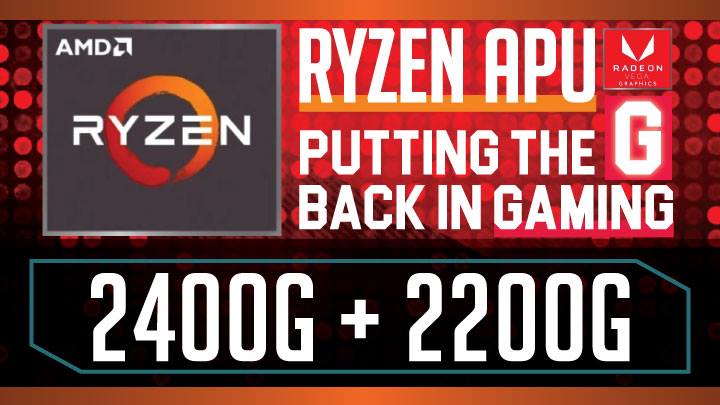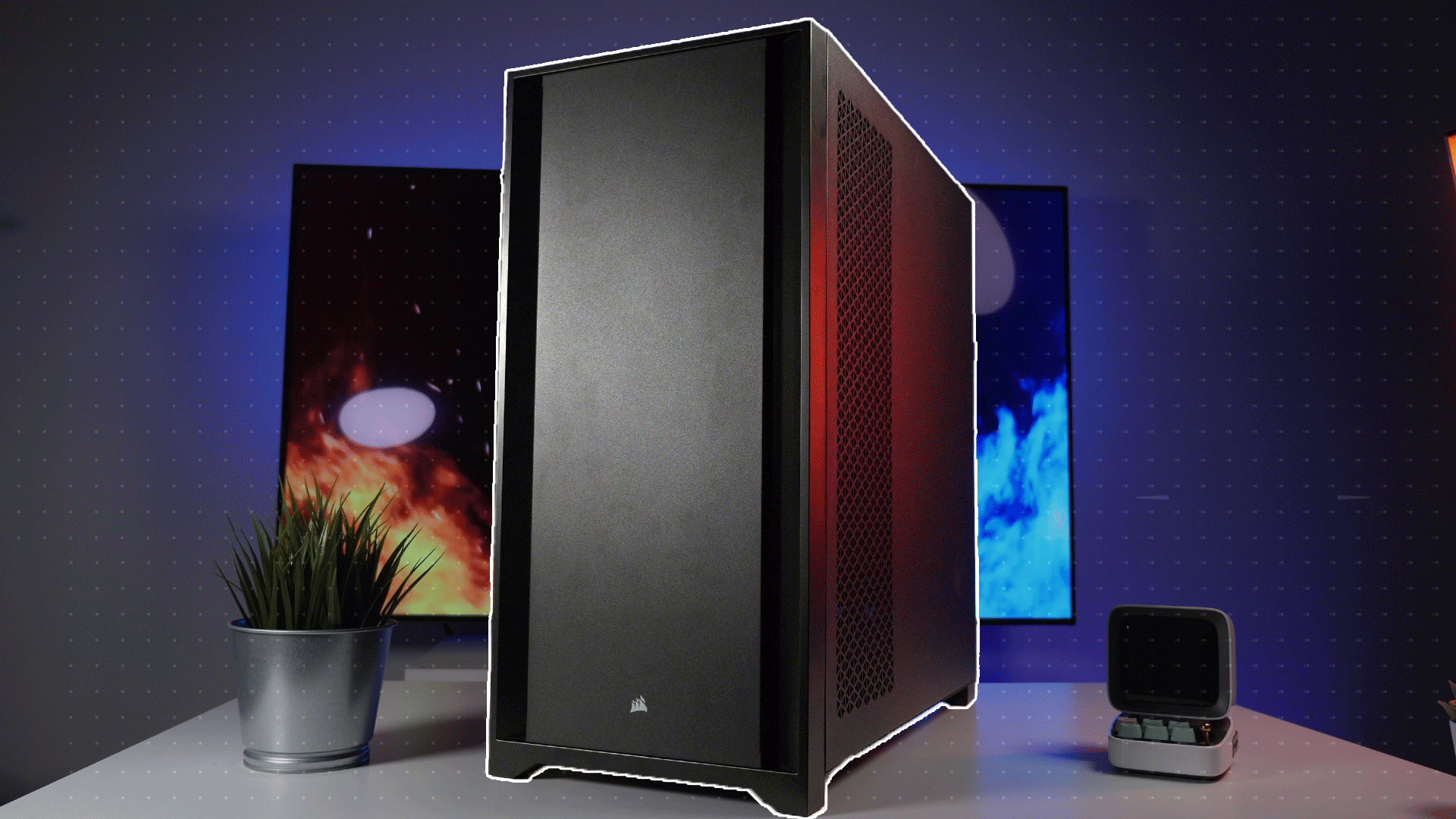Final Score (Ryzen 5 2400G): 94 out 100
Final Score (Ryzen 3 2200G): 90 out 100
As we saw throughout testing the Ryzen 5 2400G video performance nips at the heels of a stock NVIDIA GeForce GTX 1050. That may not sound all that impressive but lets put that in different terms. This $170 priced APU basically outperforms any sub-$150 video card you can think of. That is bloody amazing performance leap for a single generation. While yes the even less expensive Ryzen 3 2200G would be hard pressed to keep up with even a NVIDIA GTX 1040 reference video card… once again that is simply flabbergasting level of performance from an integrated video processor solution. With the release of these new breed of APUs AMD has made it all but impossible to justify the asking price of anything in the $150 or under price range. Quite honestly unless you are willing to spend nearly $200 for a video card the AMD Ryzen G series is the best value going. This has to be concerning to NVIDIA and has to have put their next generation line-up pricing into disarray.
Even more impressive still is both of these APU’s are definitely causing Intel a lot of discomfort in the mainstream market. After all, while neither can keep up with say an Intel i5 8400 in the general processing department the overall value of these two new APUs is simply unbeatable. It now makes perfect sense why Intel went to AMD with hat in hand to obtain their own Vega enabled CPUs – the i7 8809G and i5-8305G. However, with the usual Intel tax we doubt many will be swayed away from an entire AMD ecosystem. After all, AMD’s driver team has much more experience with AMD Radeon Vega designs and how to fully harness them whereas Intel may run into… teething issues as they scramble to get over the inevitable learning curve of actually having a CPU with an actually useable integrated graphics solution.
For a single generation upgrade AMD truly has outdone themselves and if they had stopped their we would still consider both the Ryzen 3 2200G and Ryzen 5 2400G to be incredible values. They didn’t stop there. On top of these amazing, almost unbelievable, improvements they also fixed the largest shortcoming with their previous APU models: socket compatibility. It is our opinion a large part of why AMD’s earlier APU designs did not gain as much traction as they should have was due to the fact people were locked into the APU ecosystem with oddball socketed motherboards. With the Ryzen APU generation almost any Ryzen compatible motherboard will work with these incredibly versatile processors. Everything from a B350 (perfect for business) to even X370 all will work. All that is needed is a BIOS update… and ensuring that the motherboard actually comes with a HDMI or DP port (of which nearly all do). That is it.
This one ‘small’ tweak means that anyone who is interested, or even just curious, about AMDs APUs do not have to risk all that much in finding out if they are indeed right for their needs. Worst case scenario they replace the $100 to $170 APU and swap in a standard Ryzen 7/5/3… and in most cases still have spent less than on an Intel LGA 1151 system would have set them back. Though honestly with such great blend of performance and flexibility we do have a sneaking suspicion that most who do opt for Ryzen APU will love what it has to offer. Those who don’t… will wish AMD also included an APU in their ThreadRipper line – and hopefully one day they will as twice the CPU and twice the GPU performance would be one potent mainstream option.
With all that said neither of these APUs are perfect. Their greatest weakness is relying upon the DDR4 system bus for their random access memory. This necessary design decision is why both the why the 2400G and even 2200G did not post even higher gaming performance numbers. There is not much AMD can do – right now – about this issue but at the very least they can remove some of the bottleneck by allowing for larger than 2GB system memory allocation – as this further handicaps performance. The next issue is that they really do need DDR4-2933 RAM to compete against earlier gen Ryzen non-APU designs. The lower amount of L3 cache does handicap performance in a variety of tasks so spending some of the savings on faster RAM is a very wise decision. However, even with these two handicaps taken into account these new APUs are fantastic options for everyone from budget orientated consumers to system builders who now can use a single chip solution instead of two. These are two very large markets and Ryzen APUs now own them. Intel had better bring their A-game or we can see a lot of these APUs cropping up in a variety of All In One style systems in the coming months.


The Review
AMD Ryzen 5 2400G and Ryzen 3 2200G
For a single generation upgrade AMD truly has outdone themselves and if they had stopped their we would still consider both the Ryzen 3 2200G and Ryzen 5 2400G to be incredible values











